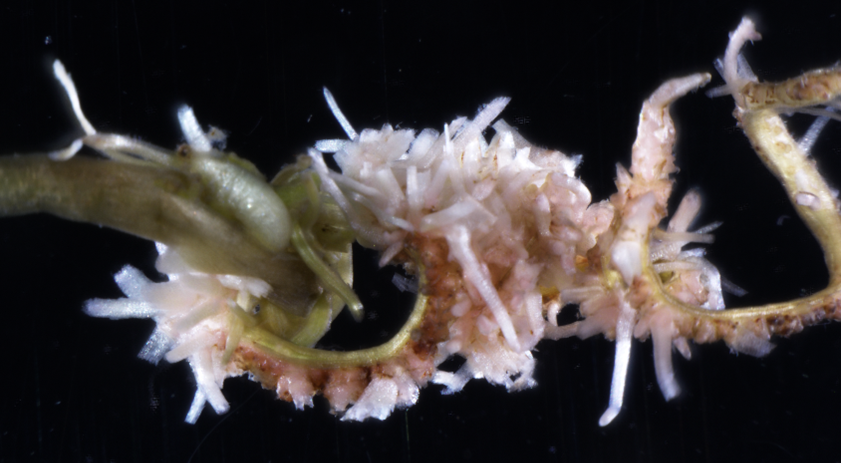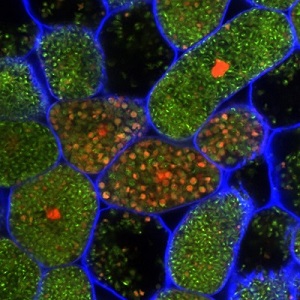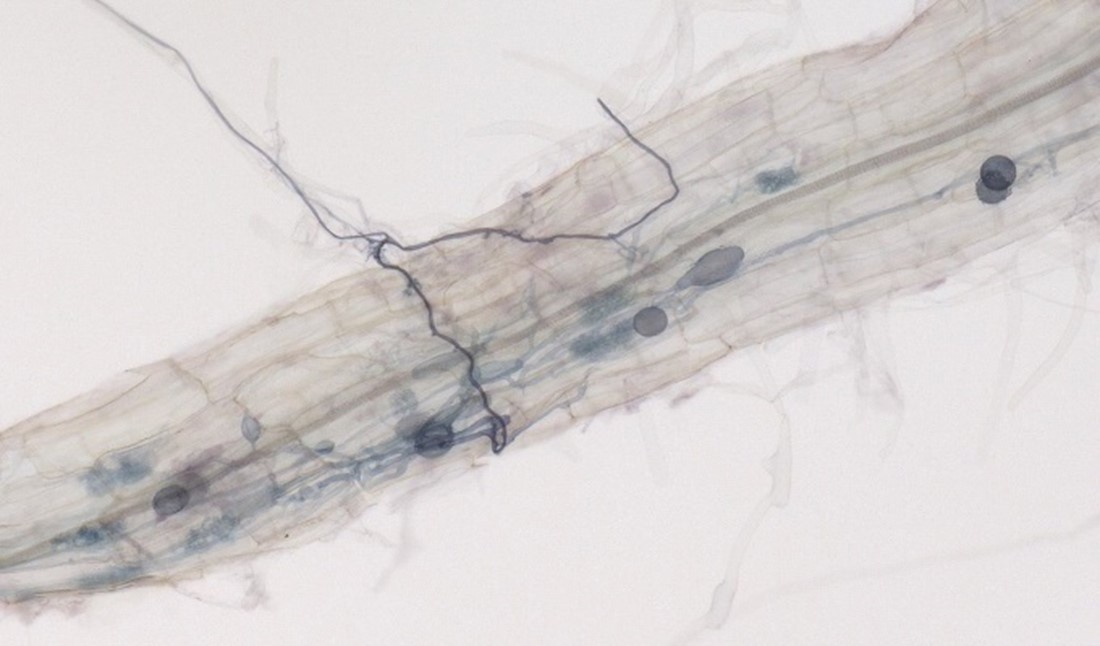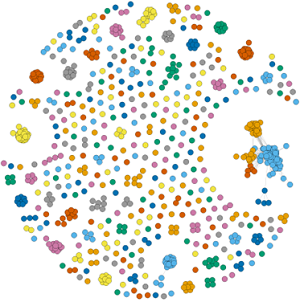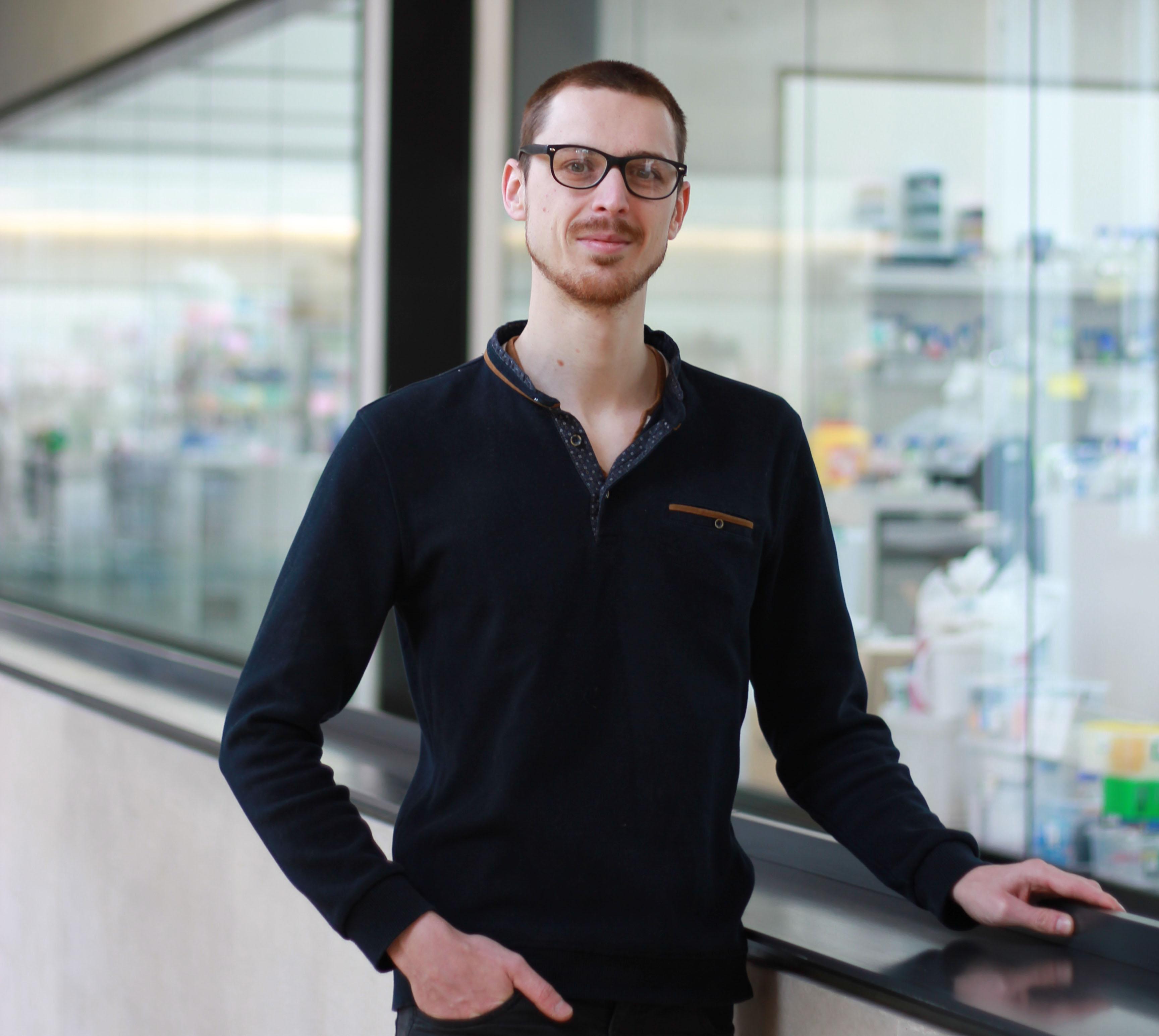
Humans of SLCU
Taking inspiration from Humans of New York, each week we will feature people from our SLCU community.
Meet Albin…
Dr Albin Teulet | Research Associate | Schornack Group | @AlbinTeulet | ResearchGate
Albin has a background in plant molecular biology and plant/microbe interactions. He completed his end-of-study internship in the laboratory of Eric Giraud (IRD, Montpellier, France) before receiving a doctoral grant to continue his research activities. His research focused on the molecular characterization of T3 secretion system effectors secreted by symbiotic bacteria during the nitrogen fixation symbiosis. Following the completion of his PhD in 2019, Albin continued his research for one year more in the same lab as a Post-Doc/Research Associate. He decided to broaden his research scope to include other symbiotic interactions and joined the Schornack's team at SLCU in 2021 to work on effector proteins secreted by symbiotic fungi during the arbuscular mycorrhizal symbiosis.
Nodule-like structure inductions by an overexpression of the rhizobia effector ErnA (effector require for nodulation -A) in Aeschynomene indica roots. Image by Albin Teulet.
Prior to joining SLCU
For many years in the Giraud’s lab (IRD- Montpellier), I studied effector proteins secreted by Bradyrhizobia and their role during the nitrogen fixation symbiosis. More especially, I focused my research activities on the identification and molecular characterisation of a new class of rhizobial effectors able to trigger the development of nitrogen fixing nodules in absence of Nod-factors on some legume plants.
Confocal microscopy images showing the morphology of the intracellular bacteria in nodule cells. In this picture, live bacteria show mainly a rod shape (in green) but died once converted into spheric shape bacteroids, the nitrogen fixing form of bacteria inside nodule cells (orange). Image by Albin Teulet.
Nicotiana benthamiana root infected by the arbuscular mycorrhizal fungus Rhizophagus irregularis. Picture shows a fungal hyphae (in blue) crawling on a root hair and penetrates to plant intercellular space. Image by Albin Teulet.
Exploring molecular strategies employed by symbiotic microbes
My research focuses on understanding the molecular strategies employed by beneficial/symbiotic microorganisms to facilitate their interaction with their host. Specifically, I am interested in investigating how these microorganisms are able to suppress the host's immune response by utilising effector proteins. By exploring these mechanisms, I aim to gain a deeper understanding of the intricate relationships between microorganisms and their hosts, and to identify potential targets for improving the effectiveness of beneficial microorganisms in various applications.
As a member of Sebastian Schornack's team, I am currently working on two complementary research projects. The first project involves molecular characterization of the newly describe MycFOLD effector family secreted by arbuscular mycorrhizal fungi and its role during the arbuscular mycorrhizal (AM) symbiosis. The second project focuses on the plant itself, with the aim of understanding the involvement of immune signalling pathways in the establishment of the AM symbiosis.
The challenges of AM fungus as a model system
In my research, I focus on studying the model AM fungus Rhizophagus irregularis. Unfortunately, there is currently no established transformation protocol for AM fungi, which makes it difficult to understand the mechanisms they use for plant infection. To overcome this challenge, I utilize various bioinformatics tools and conduct comparative genomic analyses to identify potential candidate genes. These genes are then characterized using heterologous systems, either in other fungi or directly in the host plant. To accomplish this, I employ a range of classic laboratory techniques.
In addition, I conduct research on Nicotiana benthamiana, which is an ideal plant model due to its permissiveness to many biotic interactions and its ease of manipulation in the laboratory.
Q&A with Albin
What’s the best thing about being a scientist?
Seek explanations for all the things that surround us. This is very fulfilling.
What is the worst thing about being a scientist?
Seek explanations for all the things that surround us. This is very frustrating
Why plant symbiosis?
I am fascinated by these close and intimate interactions between two very different organisms. And I also enjoy wondering if one partner benefits more than it brings to the other.
What do you think is the most important thing students should learn in science class?
Learn to unlearn and challenge themselves.
What are your hobbies/interests/thing you enjoy outside of work?
Playing child's games with my young daughter. Childhood innocence is something I wish I (had) never left.

